Dingoes are feral dogs native to Australia. The topic of dingo domestication has been hotly debated and is largely unknown. These canines are tan or off-white in color, and they are relatively widespread across Australia. Read on to learn about the dingo.
Description of the Dingo
Dingoes are lean, medium-sized dogs with wedge-shaped skulls. They are normally around 35 lbs. and stand 23 in. at the shoulder. Dingo populations in central and southern Australia are generally smaller than those elsewhere. There are three different colored coats in dingo populations – tan, black and tan, or cream. While extremely rare, solid white or solid black dingo colorations do exist.
Interesting Facts About the Dingo
Dingoes are incredibly unique canines that have been isolated from other dog species for thousands of years. In the harsh Australian bush, dingoes are the ultimate survivors.
- Where Did They Come From? – Researchers have been trying to discover the origins of dingoes for years. One theory is that travellers from Asia or Indonesia abandoned domesticated dogs on Australia, and they underwent natural selection from there.
- Pet Dingoes – Dingoes are semi-domesticated. That being said, they are not fully domesticated. Some people do keep dingoes as pets, but they are more like an exotic pet than your average dog. Dingoes are much more high-maintenance, and require more attention and care than your average dog.
- Flexible Wrists – Much like humans, dingoes have quite flexible wrists. This trait allows them to grab prey with their paws. They are also capable of opening doors, climbing trees, and pulling themselves over fences.
- Pesky Pups – Unfortunately, dingoes are not particularly loved dogs. The ability to climb and get into places other predators can’t makes dingoes very pesky to farmers. Dingoes can and will kill livestock. This leads to retaliation by farmers, and lots of conflict with humans.
Habitat of the Dingo
These adaptable creatures are capable of surviving in a wide variety of habitats. They can be found in temperate forests, alpine moorlands, arid deserts, wetlands, and even tropical forests. This adaptability is what makes them so widespread across the Australian continent.
Distribution of the Dingo
Before Europeans settled in Australia, dingoes were found across the entire mainland. With the arrival of settlers, and thus farmers, dingoes began to experience persecution. Many barrier fences, including the massive Dingo Fence, were used to exclude dingoes from areas where livestock are raised.
While they are common across the rest of the continent, dingoes are not present in southern South Australia, New South Wales, Victoria, and southwestern Western Australia.
Diet of the Dingo
Dingoes are mainly carnivores, with a small amount of seeds and berries consumed on occasion. Most of their diet is made up of a few different species: wombat, red kangaroo, rabbit, swamp wallaby, agile wallaby, cattle, rat, goose, and possum.
Animals in different locations will have different primary food sources. In some locations invasive European rabbits make up the bulk of their diet, while in others they eat mainly red kangaroo, it all depends on the location of the population.
Dingo and Human Interaction
Dingoes and humans interact fairly frequently, and the interactions are rarely positive in nature. Most interaction occurs between farmers and dingoes. Livestock predation was such an issue that Australian officials spent five years building a massive dingo fence to prevent dingoes from entering areas of farmland. This fence is the largest fence ever built!
Dingo attacks are also somewhat prevalent, though they are rarely serious or fatal. Attacks by domestic dogs are much more frequent. The most famous dingo attack was the death of an infant named Azaria Chamberlain. The vast majority of dingo attacks are a result of feeding the wild animals, and most cases occur in areas with high tourism.
Domestication
It is believed that dingoes are semi-domesticated. Dingo domestication, if it occurred, may have happened prior to their arrival in Australia. The Australian aboriginals occasionally cooperated with dingoes or travelled together, but never domesticated the animals in any way.
Does the Dingo Make a Good Pet
Dingoes are occasionally kept as pets, but it is illegal to keep them in some areas. They are much more socially complex animals than domestic dogs, and require more time and effort to care for. In general, the average person should not keep a dingo as a pet.
Dingo Care
In human care, dingoes require husbandry different than that of domestic dogs. Their digestive systems are equipped for a diet similar to that of their wild counterparts, and this should be attempted as closely as possible. Feeding prey items in their entirety is best, but the digestive system should be removed to prevent parasites.
If whole prey items are not available, they can be fed cuts of raw meat, and their diet can be supplemented with eggs, and small amounts of fruits and grasses. They should have plenty of space for exercise, with secure fencing that cannot be easily jumped or climbed. Dingoes also require a much closer social bond, and do not like being left alone.
Behavior of the Dingo
Dingoes are active both during the daytime and at night, depending on the habitat. Animals in hot regions are nocturnal, because it is cooler at nighttime. Animals in colder regions are diurnal, because the daytime is not so harsh for foraging.
They will spend a short time hunting or exploring, and then a short time resting, and repeat this throughout the most active times. Young male dingoes are nomadic, but will establish a pack when they become old enough to defend it. Most packs consist of a mated pair, and occasionally their offspring.
Reproduction of the Dingo
Female dingoes can breed once per year, and they have a gestation period of 61 – 69 days. Normal litters range between 1 and 10 pups, with 5 being the average. Pups begin to leave the den at 3 weeks old, and stop returning to the den at 8 weeks old.
Once the pups are 9 – 12 weeks old, they will begin to eat solid food and be weaned off their mother’s milk. They can become independent and leave the pack anywhere from 3 to 6 months old.

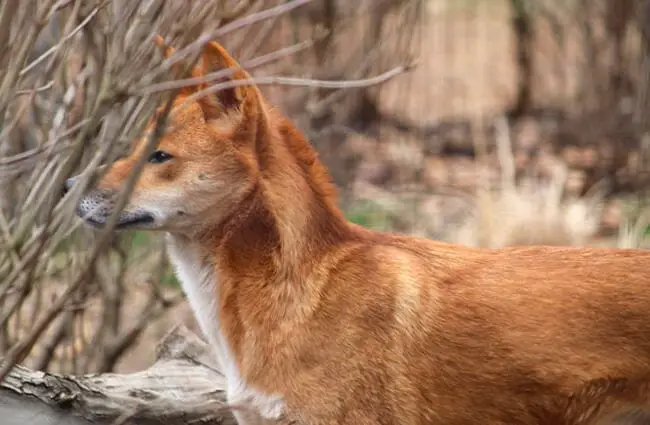
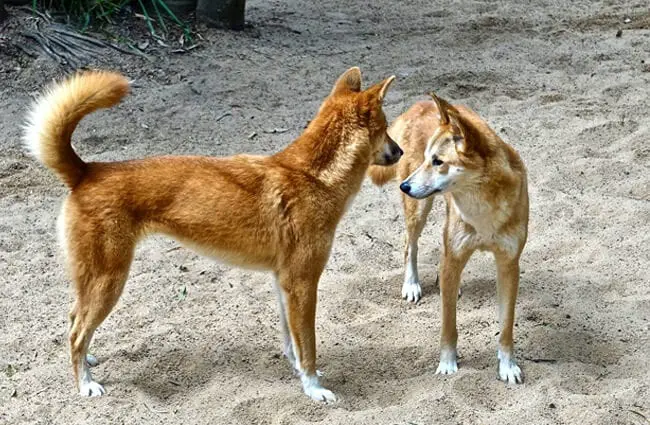


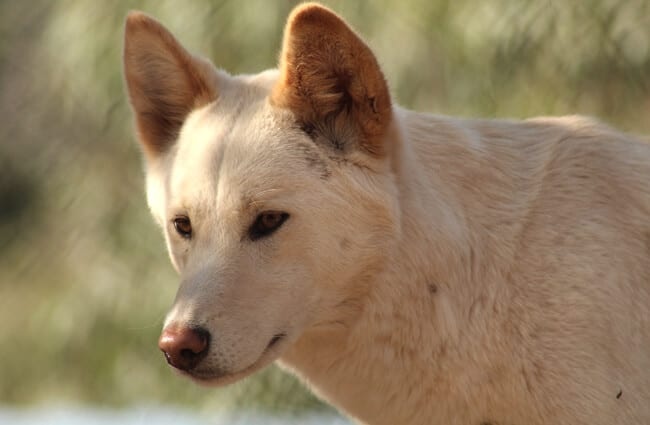

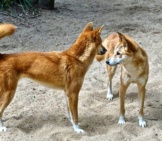

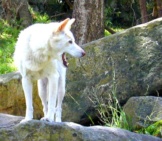
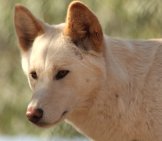
![Red Angus Closeup of a beautiful Red Angus cowPhoto by: U.S. Department of Agriculture [pubic domain]https://creativecommons.org/licenses/by/2.0/](https://animals.net/wp-content/uploads/2020/03/Red-Angus-4-238x178.jpg)












![Red Angus Closeup of a beautiful Red Angus cowPhoto by: U.S. Department of Agriculture [pubic domain]https://creativecommons.org/licenses/by/2.0/](https://animals.net/wp-content/uploads/2020/03/Red-Angus-4-100x75.jpg)

